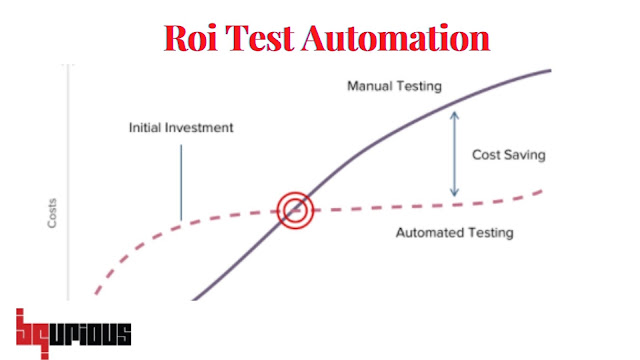The Difference Between Smoke Testing and Sanity Testing
Smoke Test Vs Sanity Test:
Smoke Testing can be used to verify that the program's acute functions are functioning properly. It can also be called subset acceptance testing. It's used to test all functions of the system/product. Sanity Testing on the contrary is used to ensure that the build has been completed without any bugs. This is also a known subset of regression testing.
It is easy to confuse smoke testing with sanity tests. Although these two types of testing are identical, each has its own objectives and priorities. We will now explain the differences between smoke testing and sanity testing.
What is Software Build?
You can create a simple program by compiling and linking one file. This process is extremely simple.
This is usually not the case. Software Projects typically have hundreds of thousands or more of source code files. This makes it difficult and time-consuming work to create executable programs from the source files.
To create executable software, you will need to use "build" software. This is also known as "Software Build".
Smoke Testing:
Smoke Testing, a software testing method used to confirm that critical functionality of the software is working properly after the software has been developed, is called software testing. It is performed before any regression or functional tests are run. Smoke testing is used to reject software applications that have defects. This allows the QA team not to waste time testing such software.
Smoke Testing focuses on the most crucial functionality or component of a system. The goal is not to test everything, but to ensure that the most critical functions of the system work well.
One example of a smoke test is: Verify that your application launches successfully. Check that the GUI works well.
What is Sanity Testing?
Software Testing is also known as Sanity Testing. It's performed after receiving software builds with minor modifications in code or functionality. The goal of this type of testing is to verify that all bugs have been addressed and that no new issues have been introduced by these changes. The objective is to ensure that the proposed functionality works as expected. The build will be rejected if it fails to pass the sanity testing. This saves time and costs associated with more thorough testing.
The objective of this exercise is "not" verifying the new functionality thoroughly, but rather to establish that the developer applied some rationality (sanity) when creating the software. For example, suppose your scientific calculator calculates 2 + 2 = 5. The advanced functionalities, such as sin 30+ cos 50, are not worthwhile. Let's make the comparison between smoke testing vs sanity testing.
Smoke Testing vs Sanity Testing:
Note: This content is originally published by https://medium.com/@govindbqurious/whats-the-difference-between-smoke-testing-and-sanity-testing-c1d1485dda36






Comments
Post a Comment